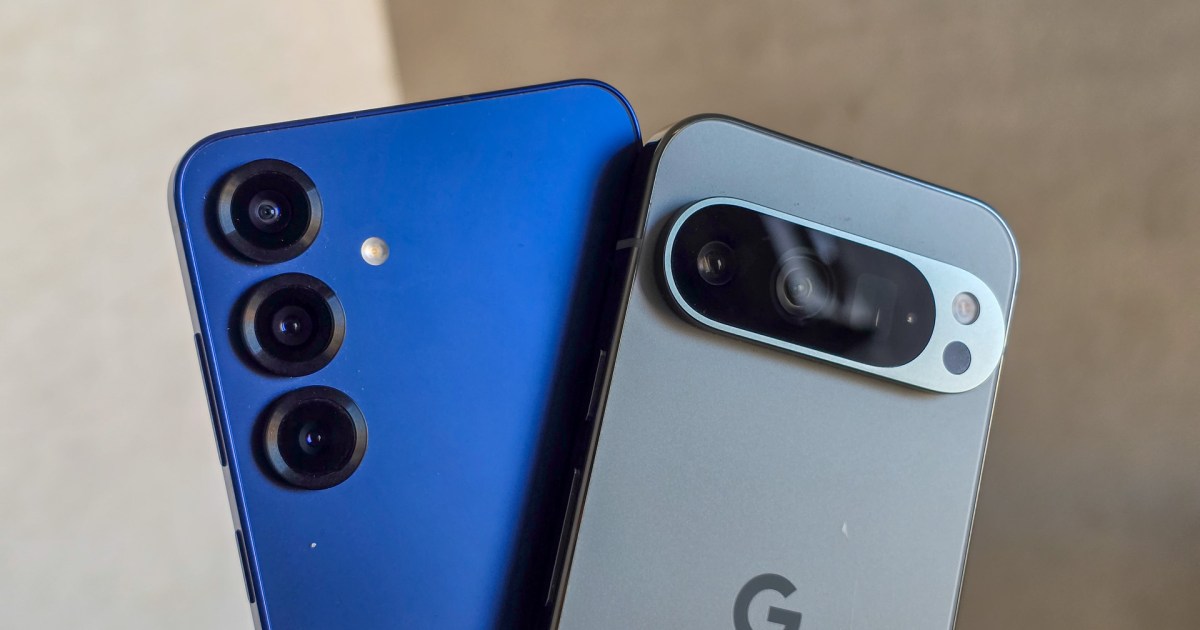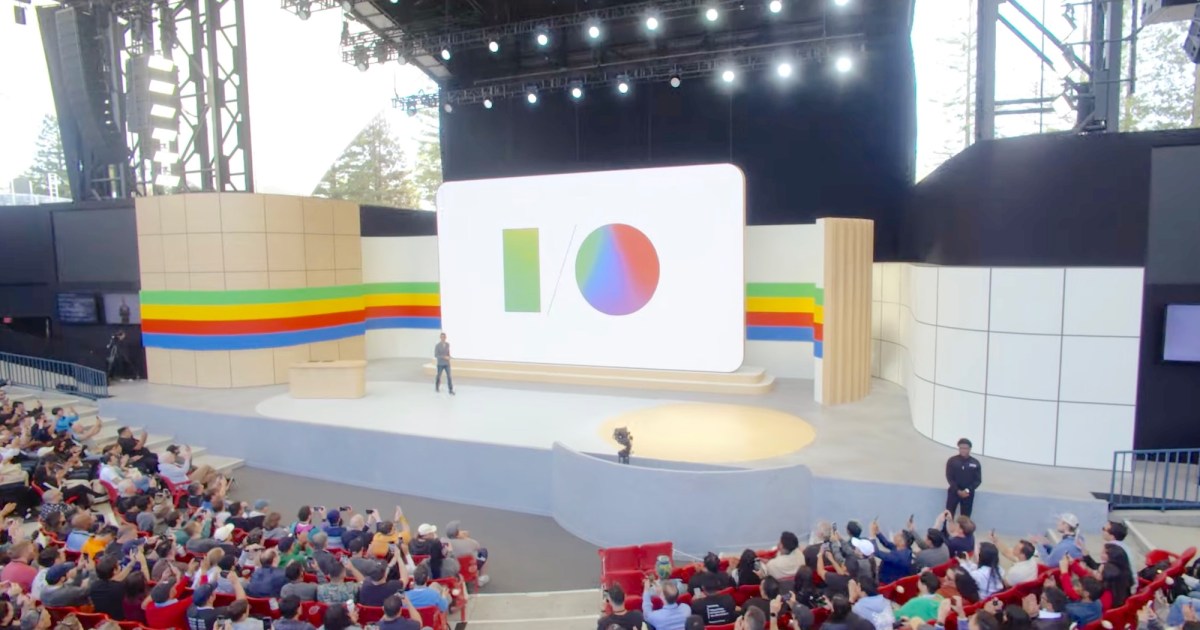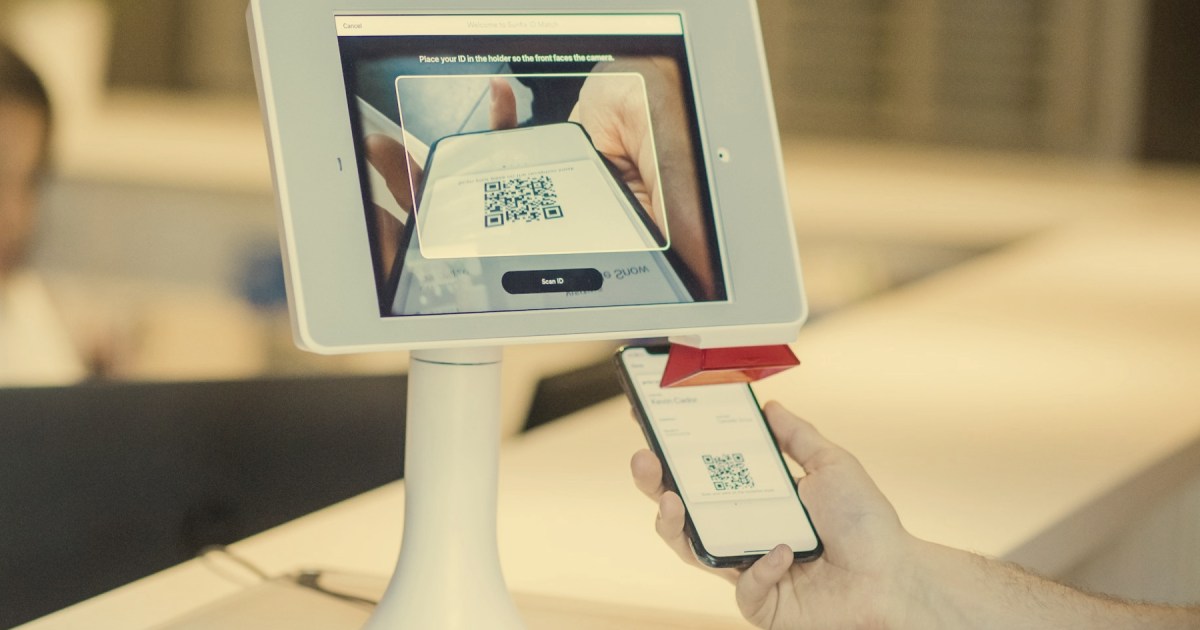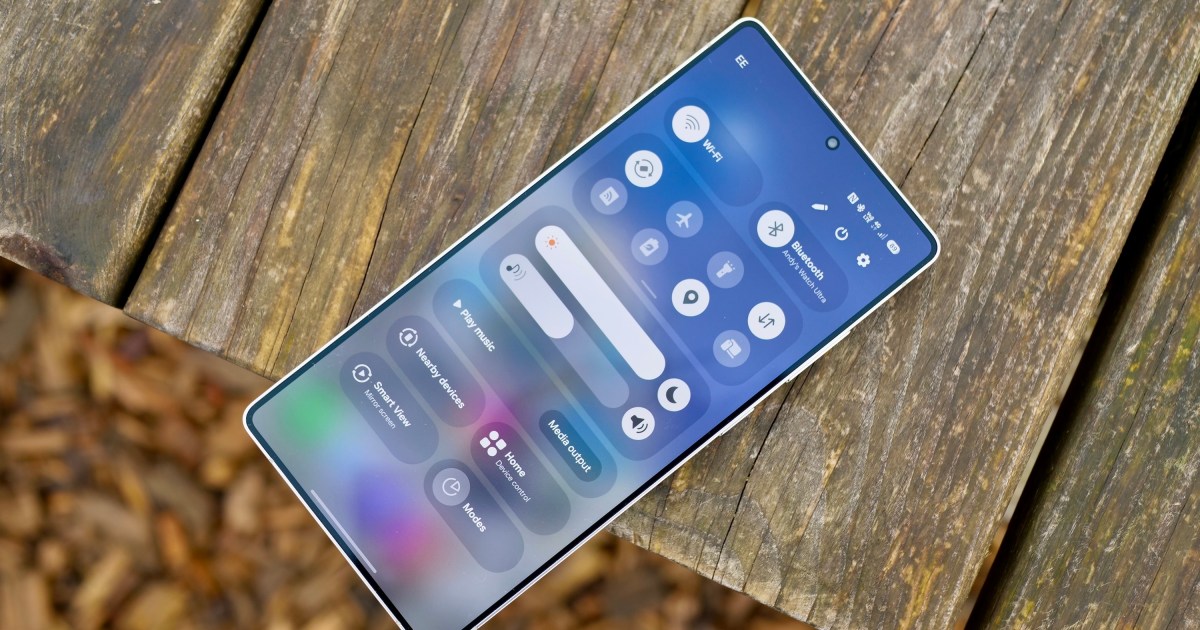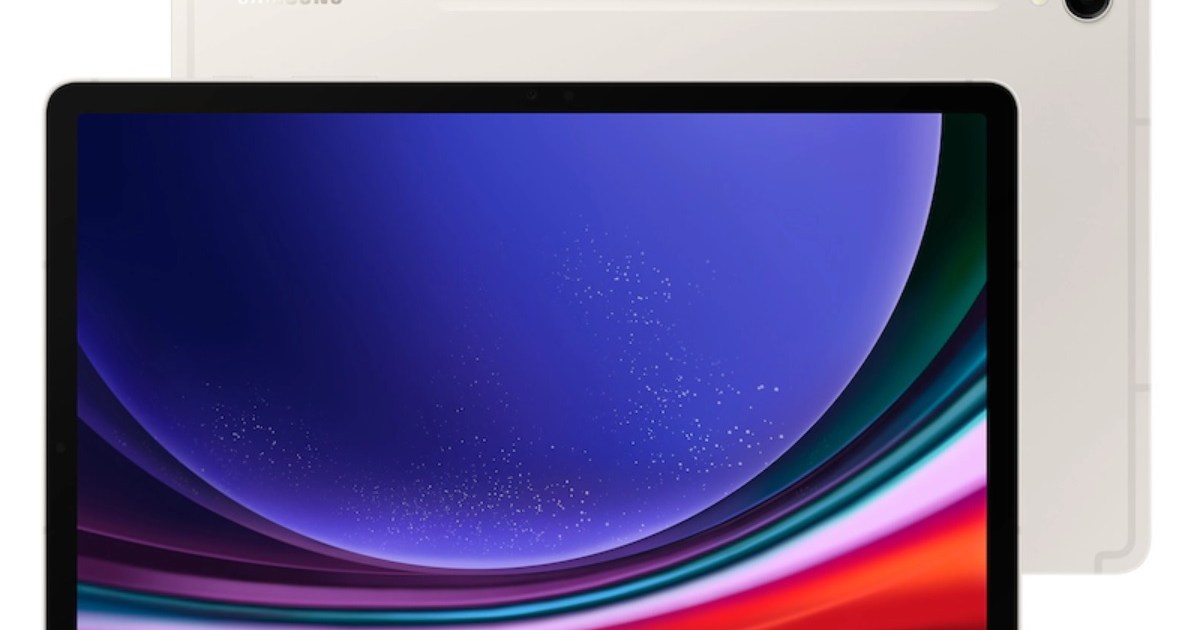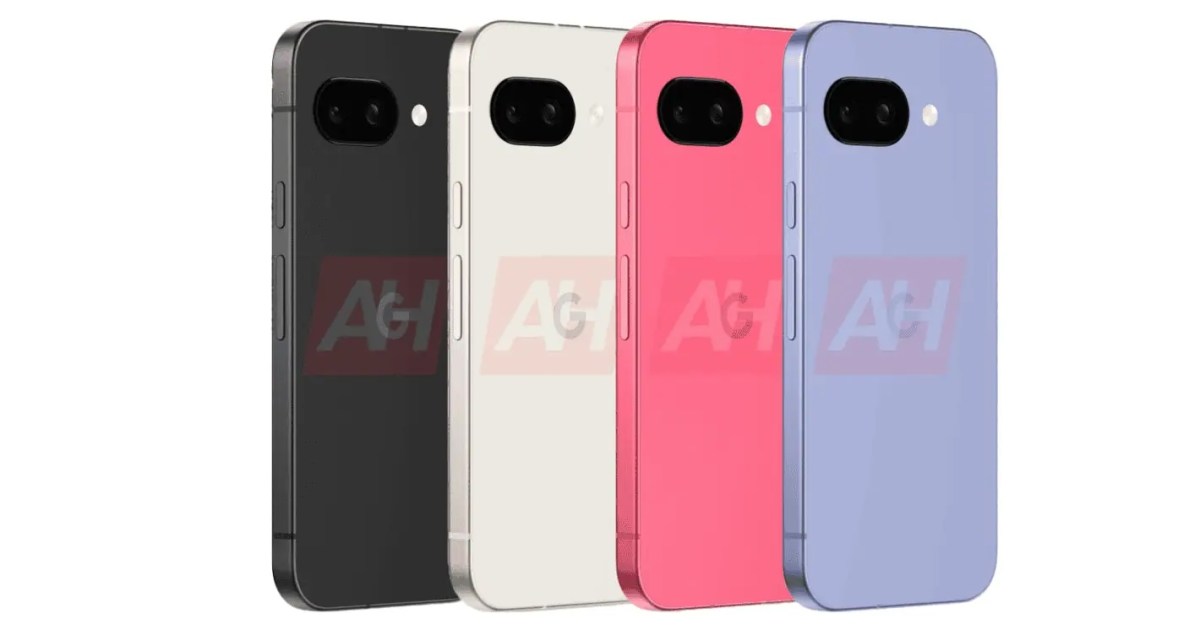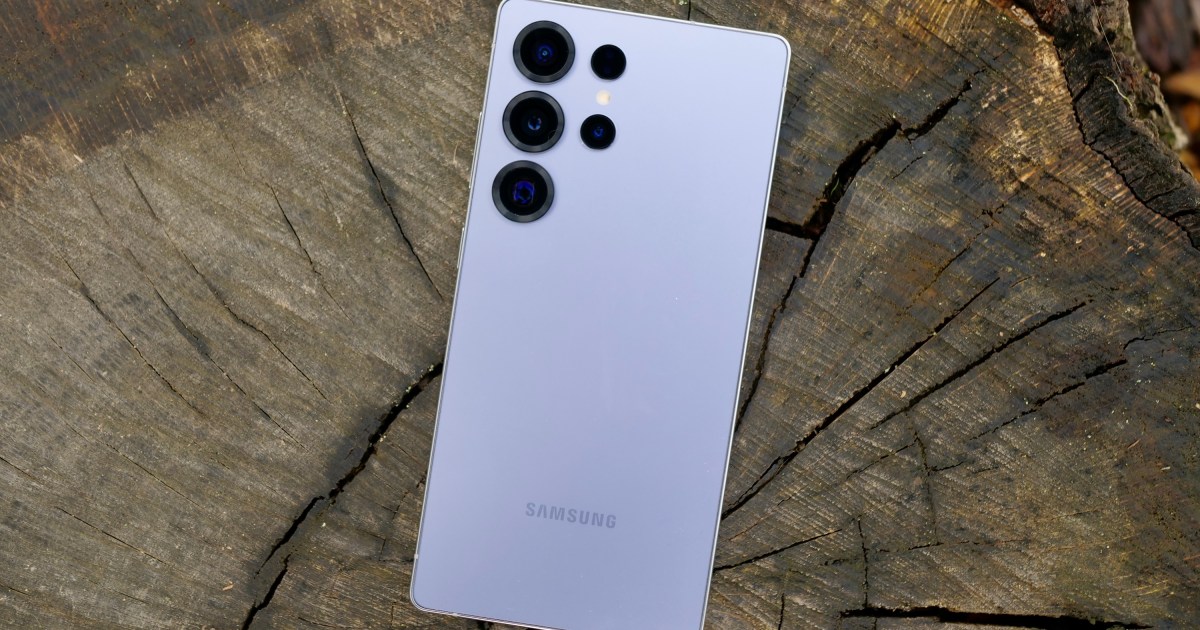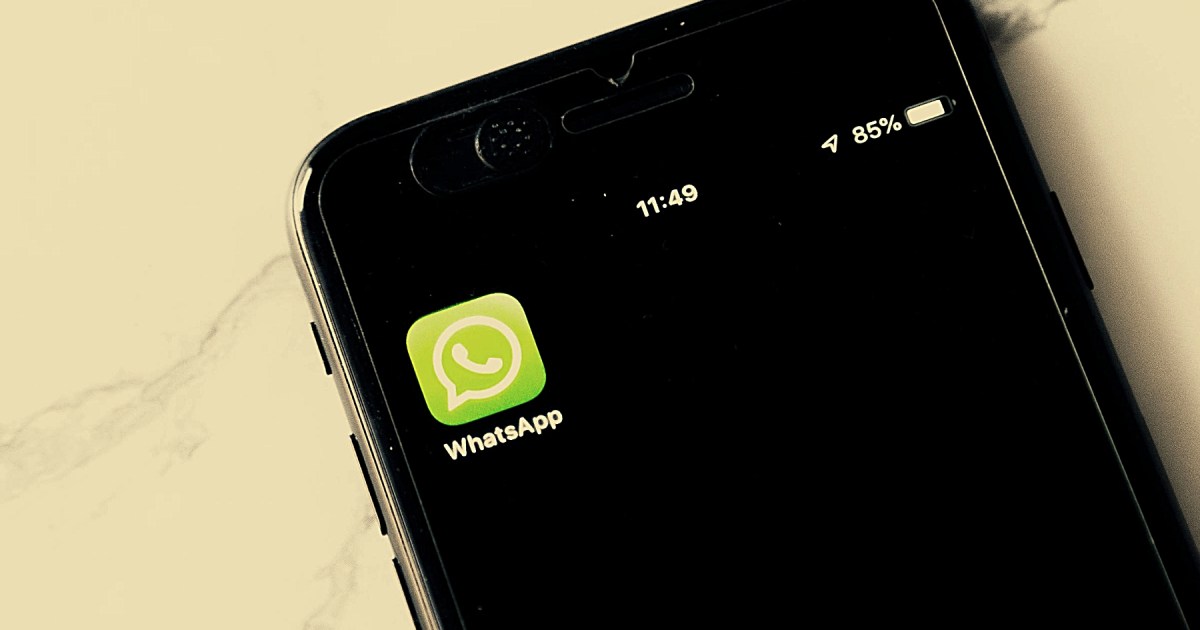If you’re searching for a premium Android phone without breaking the bank, the Google Pixel 9 Pro and Samsung Galaxy S25 Plus are likely on your radar. Both boast impressive features like cutting-edge processors, long-lasting batteries, and stunning displays. However, their triple-camera systems, while similar in configuration, offer distinct approaches to image capture. Google mirrors Apple’s strategy by equipping the Pixel 9 Pro with the same camera hardware as its larger sibling, the Pixel 9 Pro XL. Samsung, on the other hand, positions the Galaxy S25 Plus as a blend of the S25 Ultra and the base S25. This hybrid approach, as explored in our Galaxy S25 Plus review, presents an intriguing yet somewhat underwhelming result. But which phone reigns supreme in the camera department? We embarked on a global photographic journey to put these cameras to the test, capturing images from bustling streets to soaring skylines.
Camera Specs: Pixel 9 Pro vs. Galaxy S25 Plus
![]() The Galaxy S25 Plus cameras in CoralRed
The Galaxy S25 Plus cameras in CoralRed
Before diving into real-world performance, let’s compare the camera specifications:
| Feature | Galaxy S25 Plus | Google Pixel 9 Pro |
|---|---|---|
| Processor | Snapdragon 8 Elite for Galaxy | Tensor G4 |
| Main Camera | 50MP, f/1.8, 24mm, 1.0µm, Dual Pixel PDAF, OIS | 50MP, f/1.7, 25mm, 1.2µm, Dual Pixel PDAF, OIS |
| Ultrawide | 12MP, f/2.2, 13mm, 120°, 1.4µm, Super Steady Video | 48MP, f/1.7, 15mm, 123°, Dual Pixel PDAF |
| Telephoto | 10MP, f/2.4, 67mm, 3x Optical Zoom, 1.0µm, PDAF, OIS | 48MP, f/2.8, 113mm, 5x Optical Zoom, Dual Pixel PDAF, OIS |
| Selfie Camera | 10MP, f/2.4, 67mm, 3x Optical Zoom, 1.0µm, PDAF, OIS | 42MP, f/2.2, 17mm (ultrawide), PDAF |
Google prioritizes consistent resolution across its lenses, leveraging pixel binning for enhanced light capture. Samsung opts for varying resolutions and specs across its sensors. This suggests potential consistency advantages for the Pixel 9 Pro, particularly in video. But does this hold true in practice?
Zoom Performance: A Head-to-Head Comparison
![]() The Galaxy S25 Plus and Pixel 9 Pro side by side
The Galaxy S25 Plus and Pixel 9 Pro side by side
Both manufacturers employ AI-powered telephoto lenses for zoom functionality, but their implementations differ. Samsung champions a 3x optical zoom lens enhanced by AI for higher zoom levels, while Google integrates a 5x optical periscope telephoto lens. For a direct comparison, we captured 3x zoom samples from both phones, alongside their native zoom capabilities.
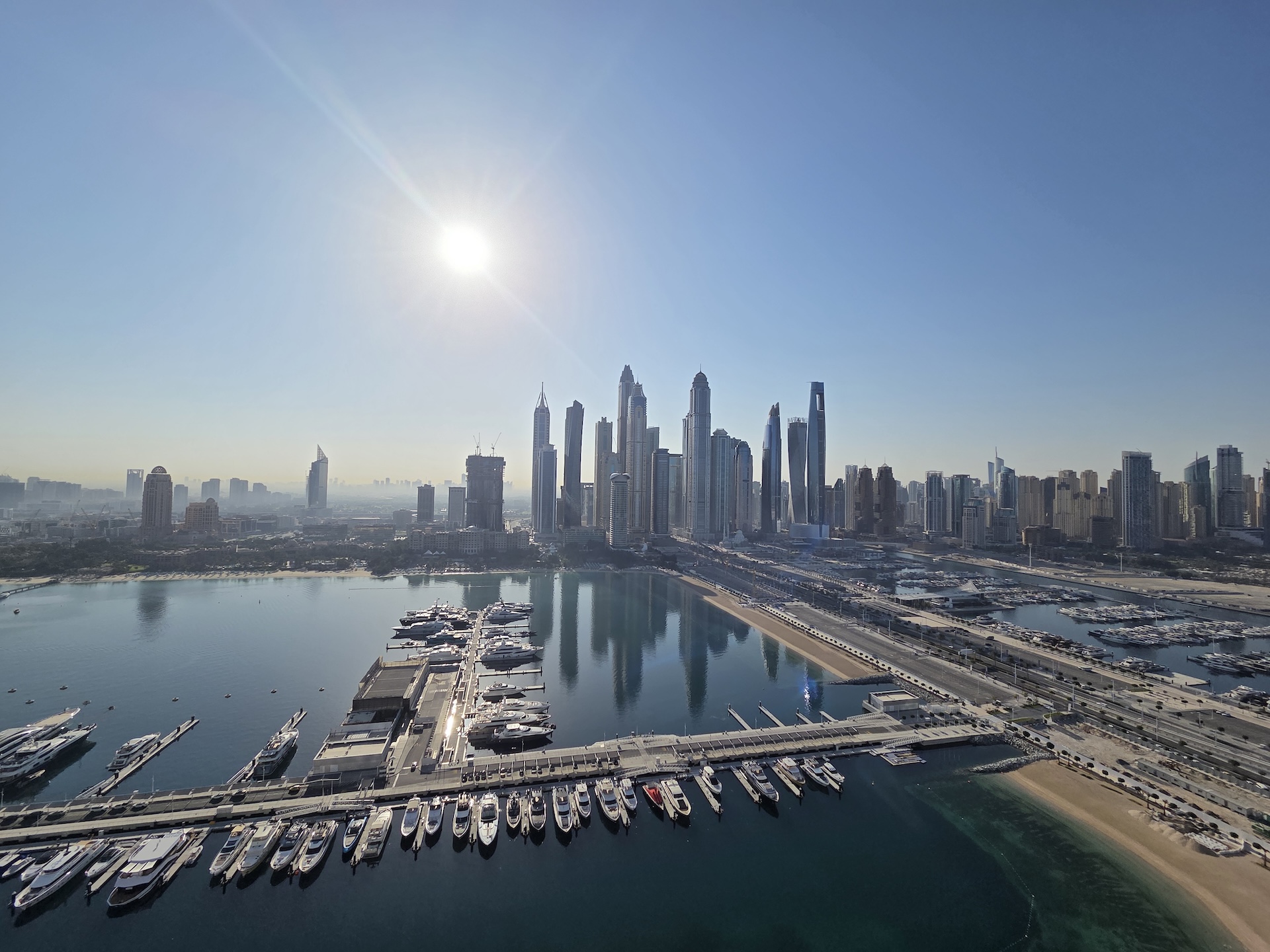 Ultrawide photo captured on the Galaxy S25 Plus
Ultrawide photo captured on the Galaxy S25 Plus
![]() Ultrawide photo captured on the Pixel 9 Pro
Ultrawide photo captured on the Pixel 9 Pro
This initial test highlights the strengths and weaknesses of each camera. The Pixel 9 Pro struggles with dynamic range in ultrawide and wide shots with bright sunlight, while the Galaxy S25 Plus maintains a more balanced exposure. However, in scenes without direct sunlight, the Pixel 9 Pro delivers superior detail and clarity, particularly at higher zoom levels.
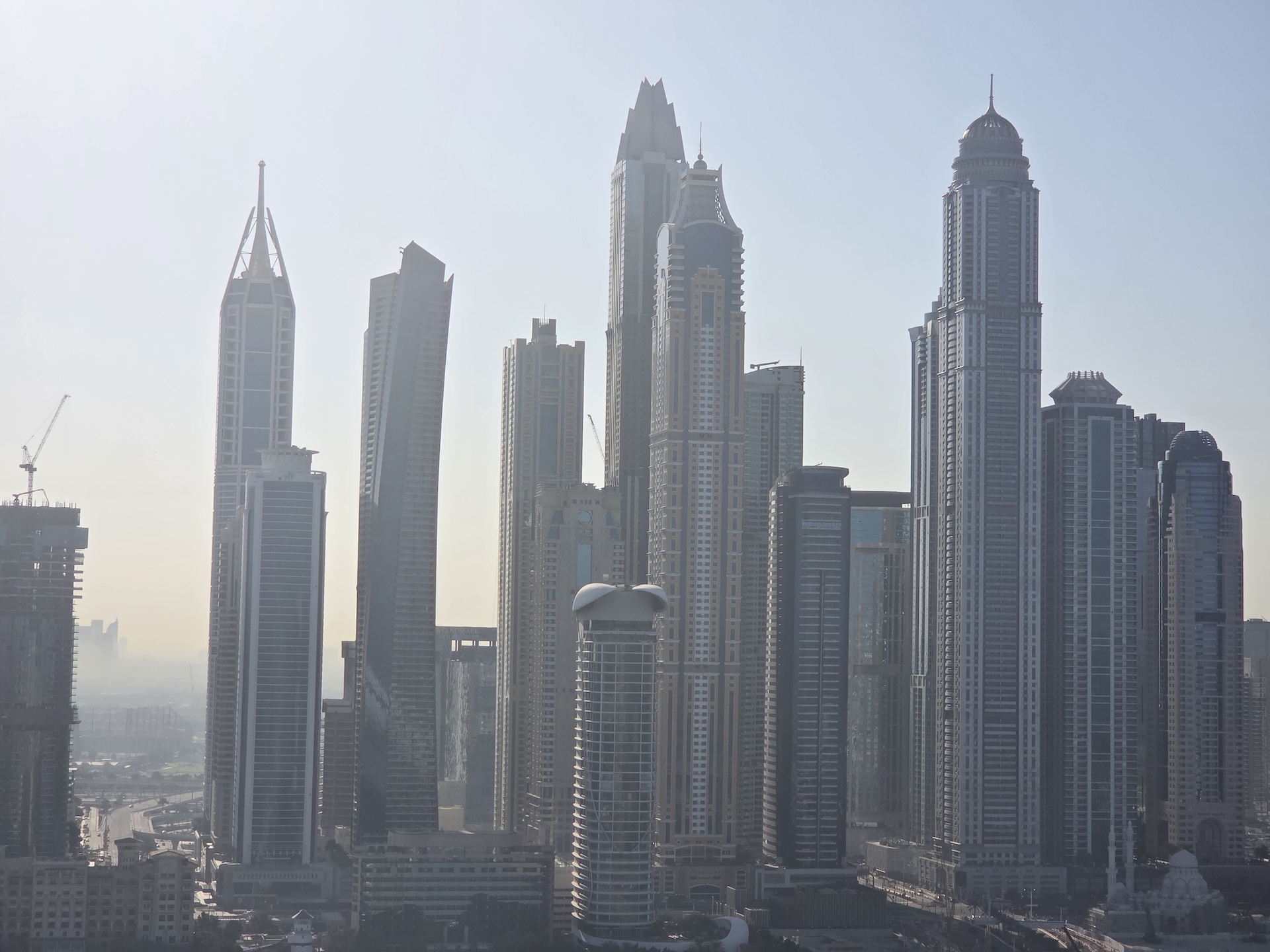 3x photo captured on the Galaxy S25 Plus
3x photo captured on the Galaxy S25 Plus
![]() 3x photo captured on the Pixel 9 Pro
3x photo captured on the Pixel 9 Pro
While the Galaxy S25 Plus often met expectations, the Pixel 9 Pro consistently produced better results. Although both viewfinders appeared similar, Google’s image processing and AI algorithms clearly deliver a superior final image.
 10x photo captured on the Galaxy S25 Plus
10x photo captured on the Galaxy S25 Plus
![]() 10x photo captured on the Pixel 9 Pro
10x photo captured on the Pixel 9 Pro
Both manufacturers tout improved low-light performance. We challenged this claim with a challenging low-light scenario.
![]() 1x low-light photo captured on the Galaxy S25 Plus
1x low-light photo captured on the Galaxy S25 Plus
![]() 1x photo captured on the Pixel 9 Pro
1x photo captured on the Pixel 9 Pro
At higher zoom levels in low light, both phones struggled. However, at lower zoom levels, the Pixel 9 Pro’s vibrancy and detail were significantly better, producing shareable images straight out of the camera.
Video Zoom Capabilities
Beyond still images, we evaluated video zoom performance, focusing on the transition between lenses and the impact on overall quality. Daylight and low-light video tests revealed subtle differences, but neither phone excelled beyond 2x or 3x zoom. Notably, the Pixel 9 Pro’s low-light video quality was significantly better. A key observation was the noticeable quality difference between the Galaxy S25 Plus’s ultrawide and wide lenses, while the Pixel 9 Pro maintained consistent quality even with its ultrawide lens, despite lacking OIS.
Portrait Mode and Selfies
Samsung’s portrait mode, with its customizable filters and effects, has always been a strong point. Google offers a simpler approach, but historically excels in depth detection. In our tests, both performed admirably, with the Galaxy S25 Plus producing slightly more balanced colors and better detail in portrait shots.
![]() 1x portrait photo captured on the Galaxy S25 Plus
1x portrait photo captured on the Galaxy S25 Plus
![]() 1x portrait photo captured on the Pixel 9 Pro
1x portrait photo captured on the Pixel 9 Pro
For selfies, the Pixel 9 Pro’s higher-resolution front camera delivered brighter images with better detail and less susceptibility to lens flare, compared to the Galaxy S25 Plus.
The Verdict
![]() The Galaxy S25 Plus and Pixel 9 Pro next to each other
The Galaxy S25 Plus and Pixel 9 Pro next to each other
While both phones occupy the same price point, the Pixel 9 Pro demonstrates a clear advantage in zoom performance, both for photos and videos, especially in low-light conditions. However, the Galaxy S25 Plus excels in portrait photography and offers more versatile options for customization. Ultimately, the Pixel 9 Pro emerges as the victor in this zoom-focused comparison, while the Galaxy S25 Plus holds its own for close-up and more complex subjects.
https://www.youtube.com/watch?v=-aKHzRCvTG4[/embed]
https://www.youtube.com/watch?v=bUOIkP5RWmQ[/embed]



